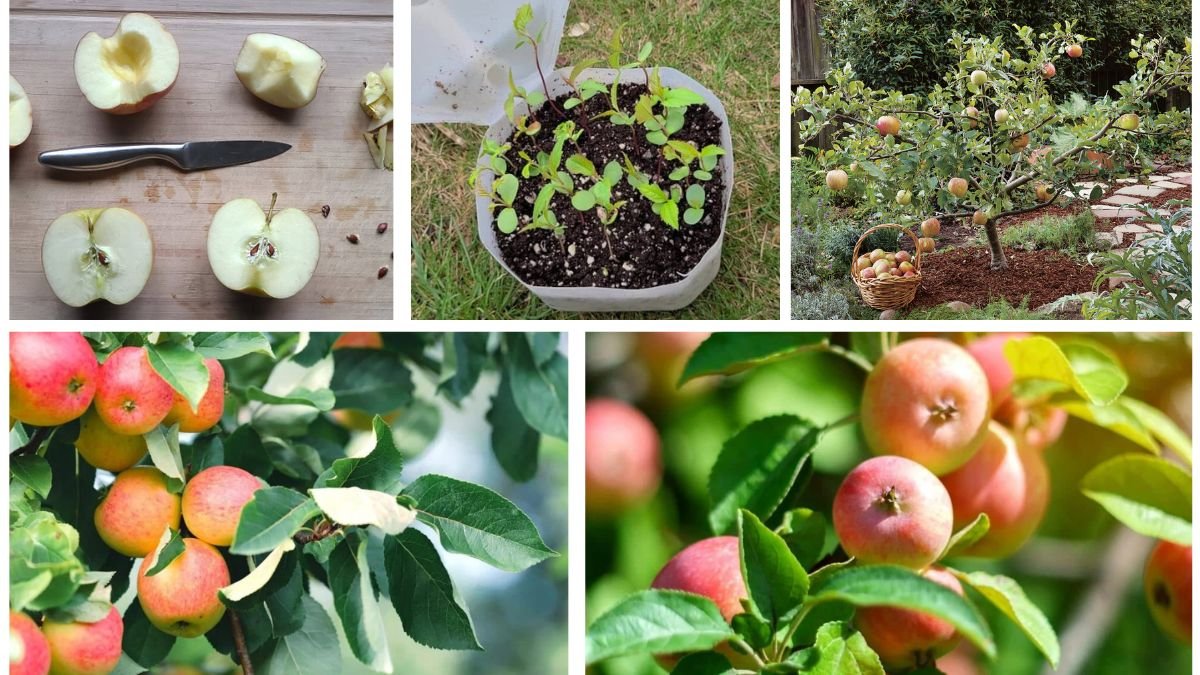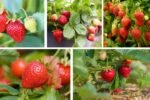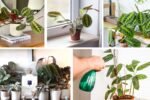Apples are among the world’s most beloved fruits, known for their crisp texture, sweet-tart flavor, and versatility in everything from fresh eating to baking and cider-making. While most apple trees are propagated through grafting to ensure fruit quality, many gardening enthusiasts are fascinated by the idea of growing an apple tree directly from a seed.
Growing apple trees from seeds is a rewarding project, but it comes with unique challenges. Unlike grafted trees, seed-grown apple trees may not produce identical fruit to the parent apple, but they can still grow into healthy, fruit-bearing trees with the right care. For beginners, this guide provides a step-by-step approach to planting, nurturing, and caring for apple trees from seeds.
Why Grow Apple Trees from Seeds?
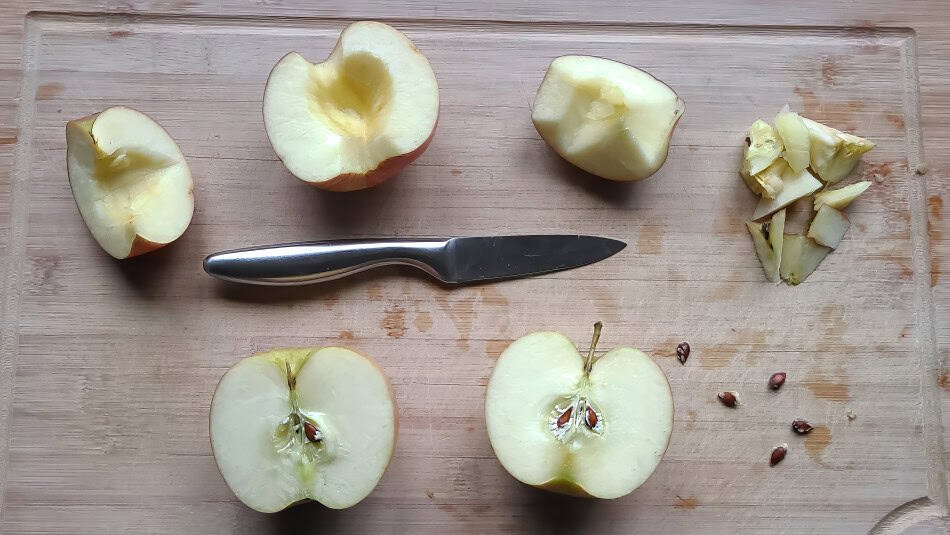
Before diving in, it’s important to understand why growing apples from seeds is different than buying grafted saplings:
- Genetic diversity: Each apple seed is genetically unique, meaning the resulting tree won’t be a clone of the parent apple. The fruit may taste different, but this genetic variety can sometimes yield surprising flavors.
- Cost-effective: Growing from seeds is free (just save seeds from an apple you eat).
- Educational and fun: It’s a wonderful hands-on learning project, especially for kids and beginners.
- Natural approach: Trees grown from seeds often develop strong root systems, making them resilient.
Step 1: Collecting and Preparing Apple Seeds
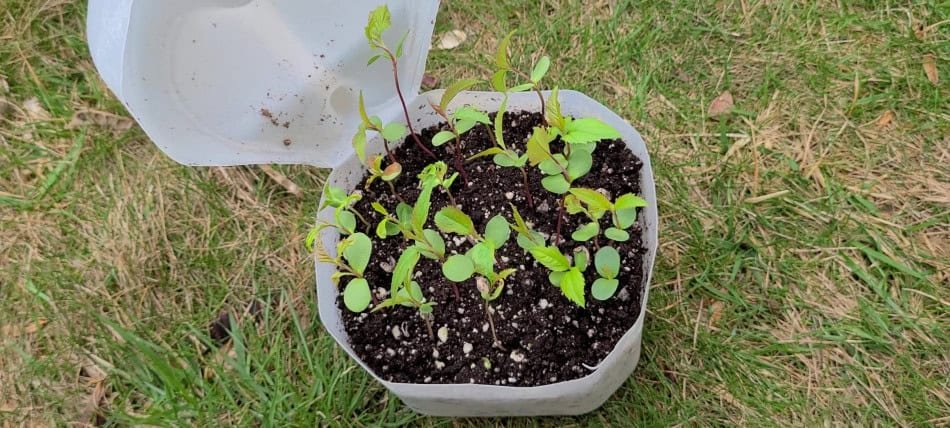
- Choose healthy apples: Select organic, fresh apples from varieties you enjoy. Organic is best because store-bought non-organic apples may have been treated with chemicals that reduce seed viability.
- Extract seeds: Carefully cut open the apple and remove the brown, firm seeds. Discard any white or shriveled seeds, as they are unlikely to germinate.
- Clean the seeds: Rinse them gently in water to remove fruit residue, which can encourage mold.
- Dry the seeds: Place them on a paper towel for 24 hours to dry.
Step 2: Cold Stratification – Mimicking Winter
Apple seeds naturally need a period of cold dormancy to germinate, which mimics winter in their native environment. Without this step, they will not sprout.
How to stratify seeds:
- Wrap clean seeds in a damp paper towel or place them in moist peat moss or sand.
- Put them in a sealed plastic bag.
- Store in the refrigerator (not freezer) at 34–40°F (1–4°C) for 6–8 weeks.
- Check weekly to ensure the medium remains moist but not soggy.
- When seeds begin to sprout tiny roots, they are ready for planting.
Step 3: Planting Germinated Seeds
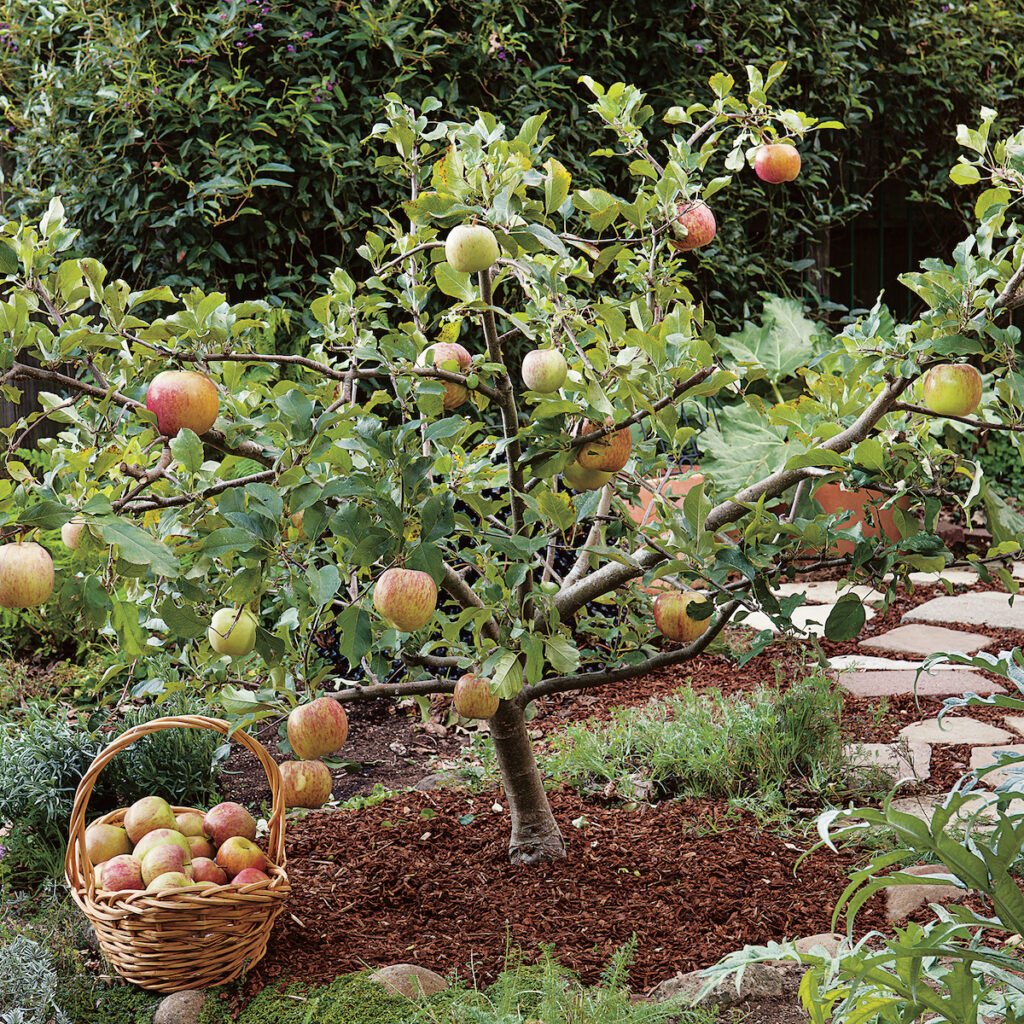
Choosing Containers
- Use small pots or seed trays with drainage holes.
- A mix of potting soil and compost works well.
Planting Method
- Fill the pot with moist, well-draining soil.
- Plant each sprouted seed about ½ inch deep.
- Cover lightly with soil and gently water.
- Place pots in a warm, sunny window or under grow lights.
Tip: Keep soil consistently moist but avoid waterlogging, which can rot the seedling.
Step 4: Caring for Young Seedlings
Once seedlings emerge, they need consistent care to grow strong:
- Light: Place in full sun or provide 12–16 hours of grow light daily.
- Temperature: Maintain room temperatures around 65–75°F (18–24°C).
- Watering: Keep soil moist but never soggy. Water when the top inch feels dry.
- Thinning: If multiple seedlings sprout in one pot, thin them out so each has room to grow.
- Hardening off: Before transplanting outdoors, gradually acclimate seedlings by placing them outside for increasing hours each day over a week.
Step 5: Transplanting Seedlings Outdoors
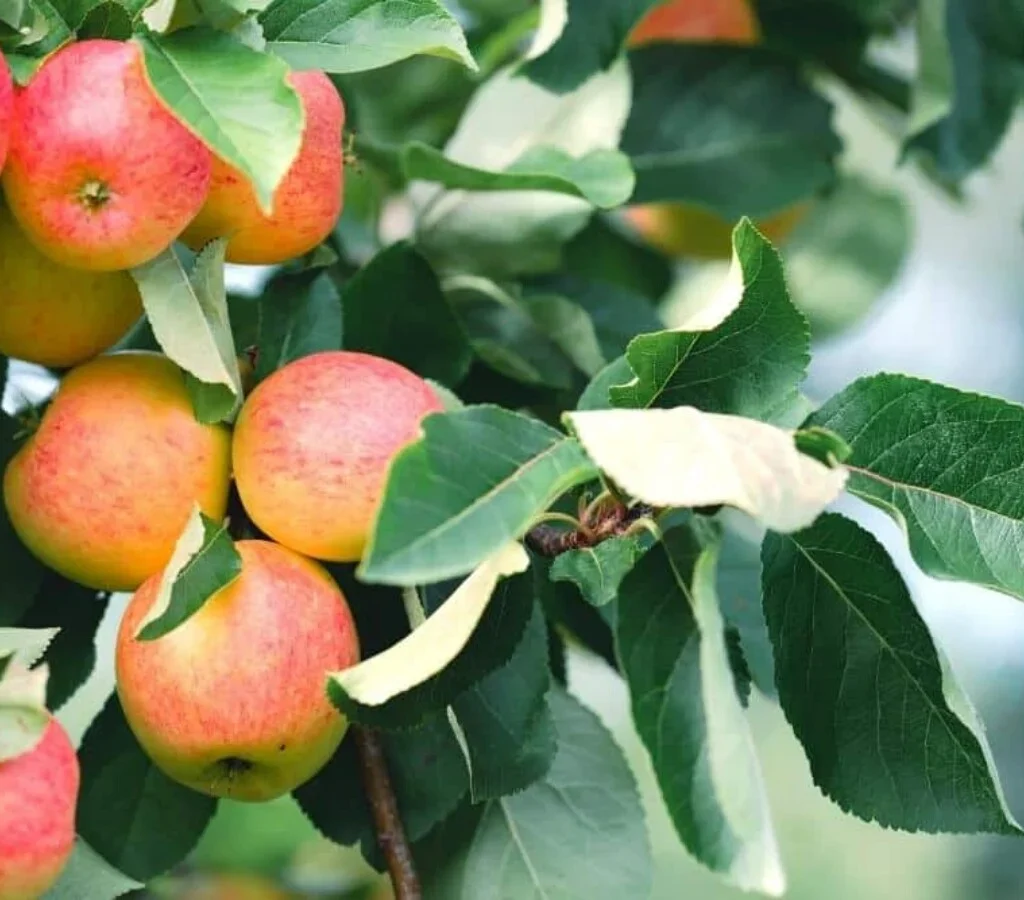
When seedlings are about 6–12 inches tall and the danger of frost has passed, you can transplant them outdoors.
Choosing the Site
- Sunlight: Apple trees need 6–8 hours of full sun daily.
- Soil: Well-drained loamy soil, slightly acidic (pH 6.0–6.5).
- Spacing: Plant trees at least 15–20 feet apart (dwarf varieties may need less).
How to Plant
- Dig a hole twice as wide and deep as the root ball.
- Loosen soil at the bottom and mix in compost.
- Place the seedling so the roots spread naturally.
- Fill in soil gently, firming around the roots.
- Water thoroughly.
Tip: Mulch around the base to retain moisture and suppress weeds, but keep mulch away from the trunk to prevent rot.
Step 6: Long-Term Care for Healthy Growth
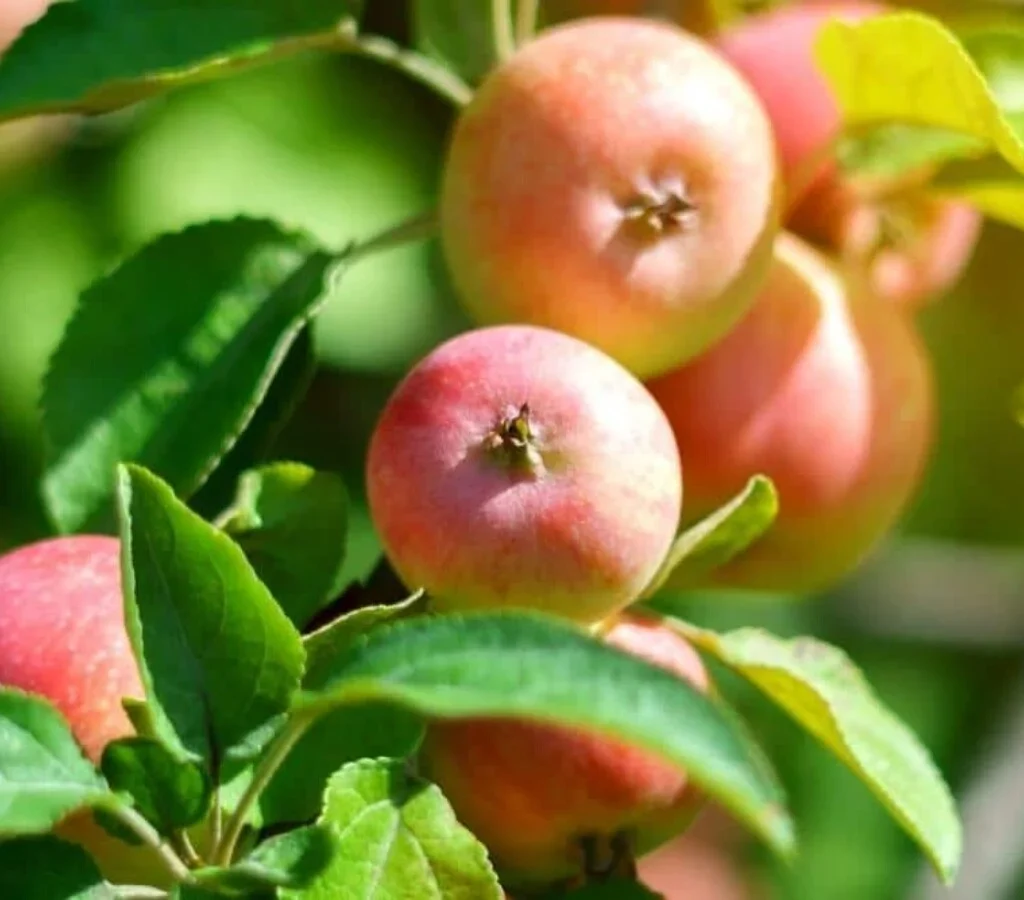
Watering
- Young apple trees need about 1 inch of water per week.
- Mature trees require less frequent but deeper watering.
Fertilizing
- Apply balanced fertilizer (10-10-10) in early spring.
- Avoid over-fertilization, which encourages leafy growth instead of fruiting.
Pruning
- Prune annually in late winter to shape the tree and remove dead or crossing branches.
- Good airflow prevents disease and encourages strong growth.
Pest and Disease Control
Common apple tree problems include:
- Aphids and mites: Control with insecticidal soap or neem oil.
- Apple scab: Avoid overhead watering and remove fallen leaves.
- Caterpillars and borers: Hand-pick or use organic sprays.
Pollination
Most apple trees need cross-pollination from another apple variety. Plant at least two different varieties nearby to ensure fruiting.
Step 7: Patience with Fruiting
One of the biggest differences between grafted and seed-grown apple trees is the time to fruit.
- Grafted trees may fruit in 2–4 years.
- Seed-grown apple trees usually take 6–10 years before producing fruit.
Even then, the fruit may differ in taste, size, or quality from the parent apple. However, with care, many seed-grown trees still yield delicious and unique apples.
Secrets for Success
- Choose multiple seeds – Not all seeds germinate, and some seedlings may be weak. Start with several for the best chance of success.
- Be patient – Apple trees from seeds take years to mature, but the process is rewarding.
- Consider grafting later – If your seed-grown tree produces poor fruit, you can graft desirable apple varieties onto the strong rootstock.
- Protect young trees – Use tree guards to prevent damage from rabbits, deer, or lawn equipment.
Common Mistakes to Avoid
- Skipping stratification – Without chilling, seeds won’t sprout.
- Planting too deep – Seeds planted deeper than 1 inch may fail to grow.
- Overwatering – This leads to root rot in seedlings.
- Expecting identical fruit – Seed-grown apples are genetically unique, so fruit may not match the parent.
Conclusion
Growing apple trees from seeds is a journey of patience, discovery, and reward. While grafted trees guarantee specific fruit quality, seed-grown trees allow you to experience the magic of nurturing life from the very beginning. From carefully stratifying seeds and tending young seedlings to watching your saplings grow into mature trees, each stage is an opportunity to connect with nature.
Though the process requires years of commitment, the outcome—a strong, resilient tree that may produce unique fruit—is worth the wait. Whether your goal is fresh apples, shade, or simply the joy of growing something from scratch, apple trees grown from seeds offer a fulfilling and educational gardening adventure.
